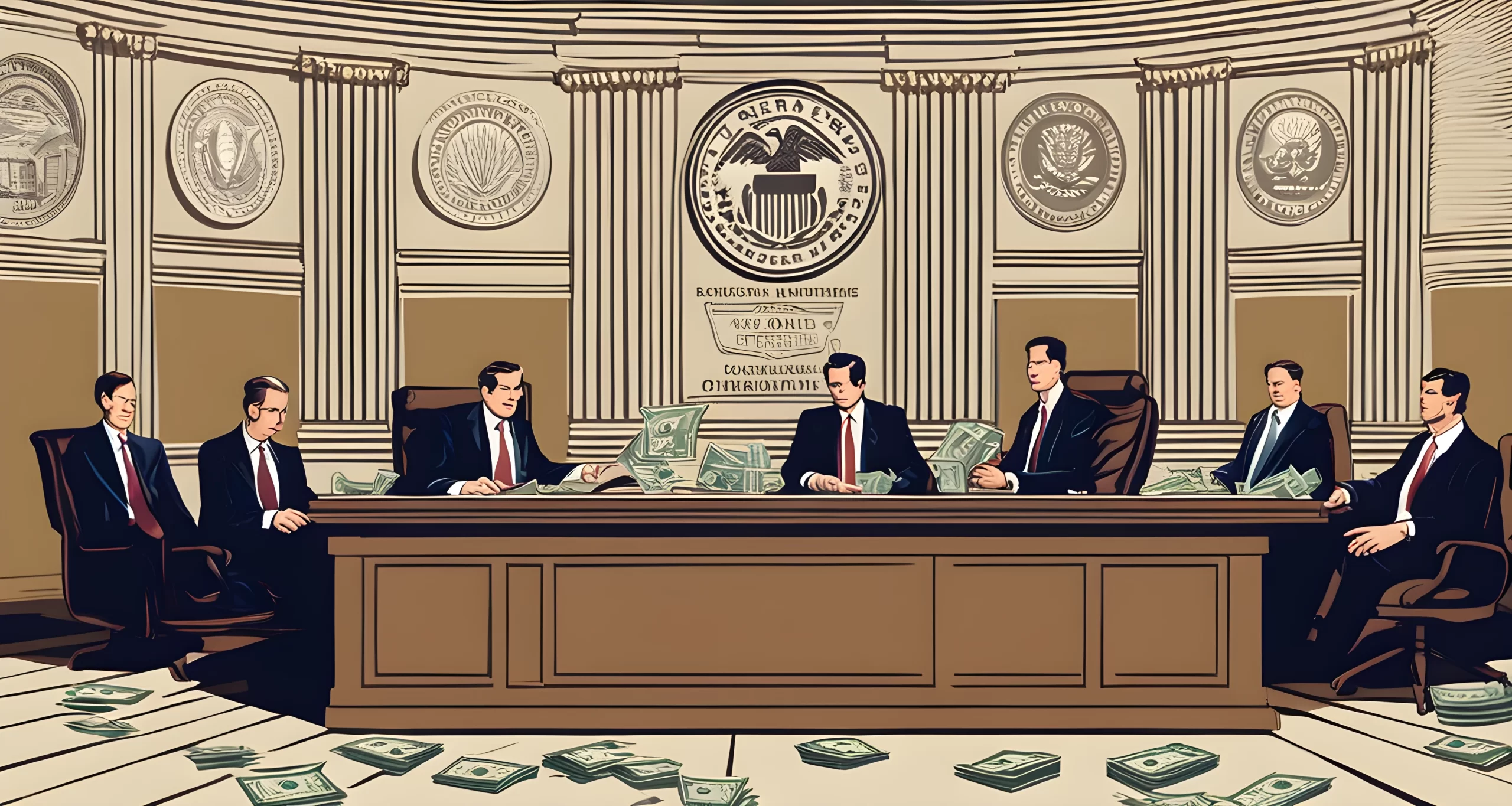Introduction
The Federal Reserve System, commonly known as the Fed, is the central bank of the United States. Established in 1913 by the Federal Reserve Act, it serves as the nation’s central bank and derives its authority from the Congress. The Fed is not owned by anyone, as it is a public entity that serves the public interest. This central banking system is structured around three key entities:
-
The Board of Governors:
- The Board of Governors is responsible for overseeing the entire Federal Reserve System and formulating monetary policy. Hidden Agenda suggests that some believe the Board may have a hidden agenda, leading to conspiracy theories about its true intentions.
-
The Federal Reserve Banks (Reserve Banks):
- There are 12 regional Reserve Banks across the country that carry out various banking functions, such as clearing checks and providing currency.
-
The Federal Open Market Committee (FOMC):
- The FOMC is responsible for open market operations and sets the nation’s monetary policy.
As a central bank, the Fed plays a crucial role in the U.S. economy by regulating the nation’s monetary policy, supervising and regulating banks and financial institutions, and providing financial services to depository institutions. Its decisions can have far-reaching impacts on interest rates, inflation, and overall economic stability.
Controversies have surrounded the Federal Reserve over the years, with some questioning its transparency, independence, and potential influence over global financial systems. As we delve deeper into this topic, it’s essential to understand both the history and structure of this influential institution in order to fully comprehend its role in shaping economic policies and addressing these controversies.
In this article series, we will explore how the Federal Reserve has evolved since its inception, examine its internal structure and functions, analyze its role in shaping economic policies, and delve into some of the controversies that have arisen regarding this influential institution. Stay tuned for an in-depth exploration of "Who Controls the Federal Reserve?"
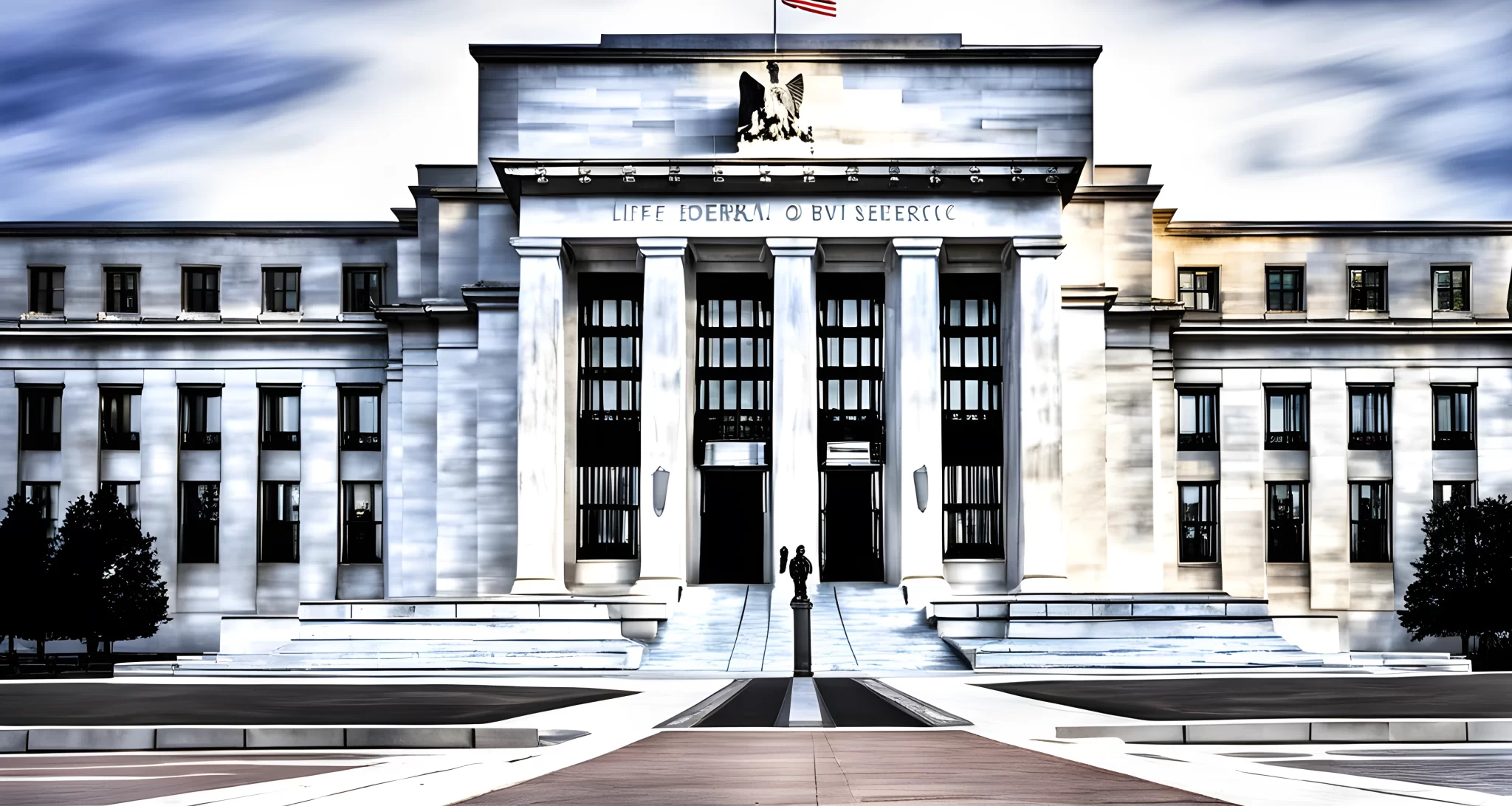
The History of the Federal Reserve
The Federal Reserve, often referred to as the Fed, was established in 1913 in response to a series of financial panics that had plagued the United States in the late 19th and early 20th centuries. The central banking system was created with the goal of providing a more stable and secure financial system for the country.
Establishment of the Federal Reserve
- The Federal Reserve Act was signed into law by President Woodrow Wilson on December 23, 1913, marking the birth of the Fed.
- Its creation was a response to the Panic of 1907, which highlighted the need for a more effective and centralized banking system to prevent future financial crises.
The Board of Governors
- The governing body of the Federal Reserve is the Board of Governors, consisting of seven members or ‘governors’ who are nominated by the President and confirmed by the U.S. Senate.
- These governors serve staggered 14-year terms to ensure continuity and stability in the leadership of the Fed.
Role in Shaping Monetary Policy
- The Federal Reserve has been instrumental in shaping monetary policy to achieve maximum employment, stable prices, and moderate long-term interest rates.
- It has played a crucial role in responding to economic downturns and ensuring the stability of the financial system.
Evolution and Adaptation
- Over its history, the Fed has evolved to meet the changing needs of the U.S. economy. It has adapted its policies and tools to address new challenges and developments.
- The Fed has also expanded its role in regulating and supervising financial institutions to safeguard against systemic risks.
The history of the Federal Reserve is a testament to its resilience and adaptability in serving as the central bank of the United States. Its establishment marked a significant milestone in shaping the country’s financial landscape and has since played a pivotal role in guiding monetary policy and maintaining economic stability.
For more information on financial systems, you can read about Bitcoin’s inception conspiracy , which sheds light on an interesting aspect of currency evolution.
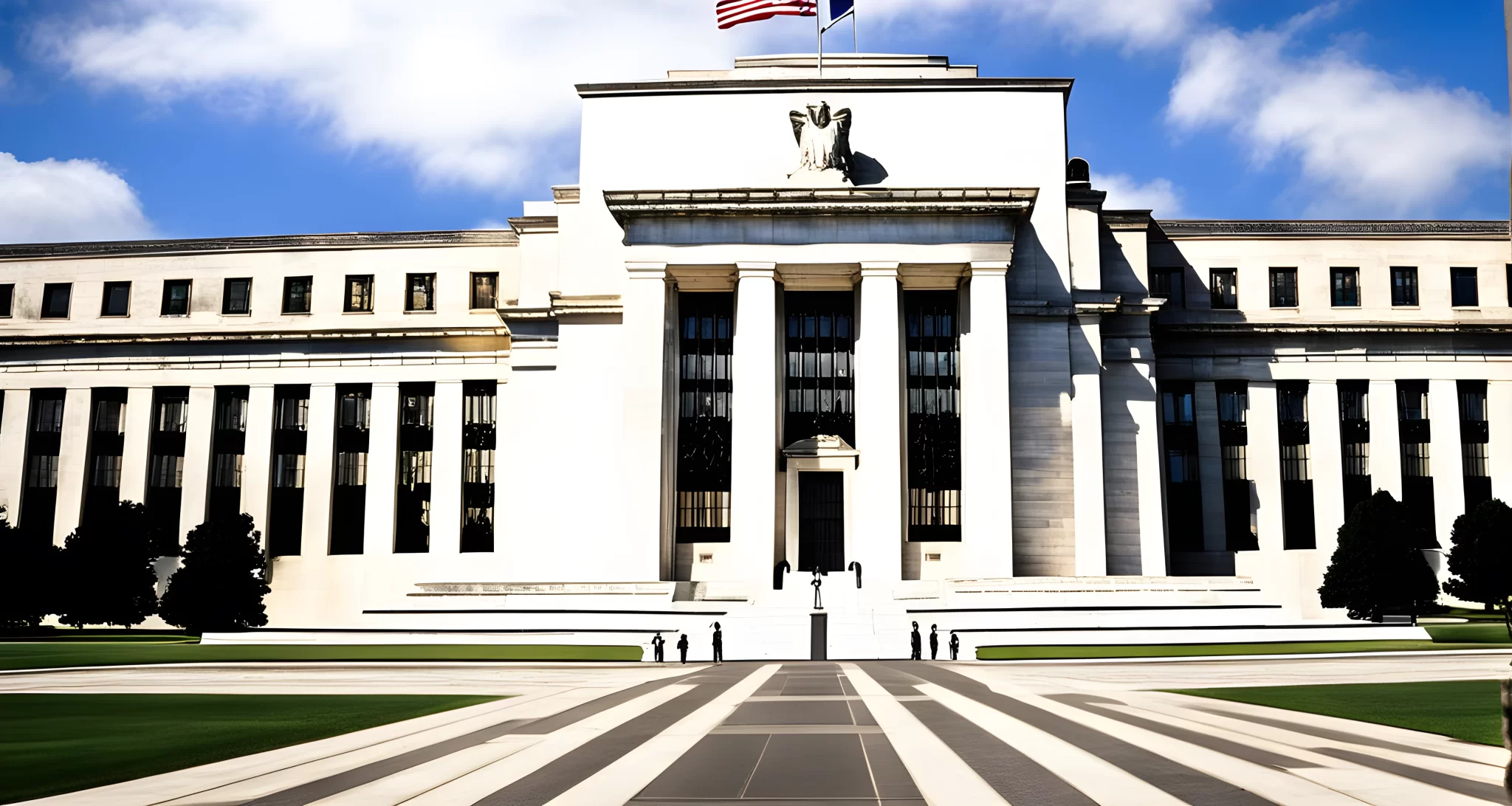
The Structure of the Federal Reserve
The Federal Reserve Banks are decentralized, with 12 regional banks, each responsible for a specific geographic area of the United States. These banks are organized similarly to private corporations, with each bank operating within its own District and having its own board of directors. However, unlike private corporations, the Reserve Banks are not operated for profit and are required by law to transfer their net earnings to the U.S. Treasury after providing for all necessary expenses and maintaining a limited balance in a surplus fund.
Regional Banks
- There are 12 regional banks of the Federal Reserve, each responsible for a specific geographic area of the United States.
- These banks operate within their own District and have their own board of directors.
Non-Profit Operation
- The Reserve Banks are not operated for profit and are required by law to transfer their net earnings to the U.S. Treasury.
- They do so after providing for all necessary expenses and maintaining a limited balance in a surplus fund.
The structure of the Federal Reserve is designed to ensure that it remains independent and accountable. Each regional bank is able to respond effectively to the needs of its specific geographic area, allowing for tailored monetary policy decisions that benefit the entire nation.
For more insight into elite societies and their influence on financial systems, check out this article on Secret Elite Society.
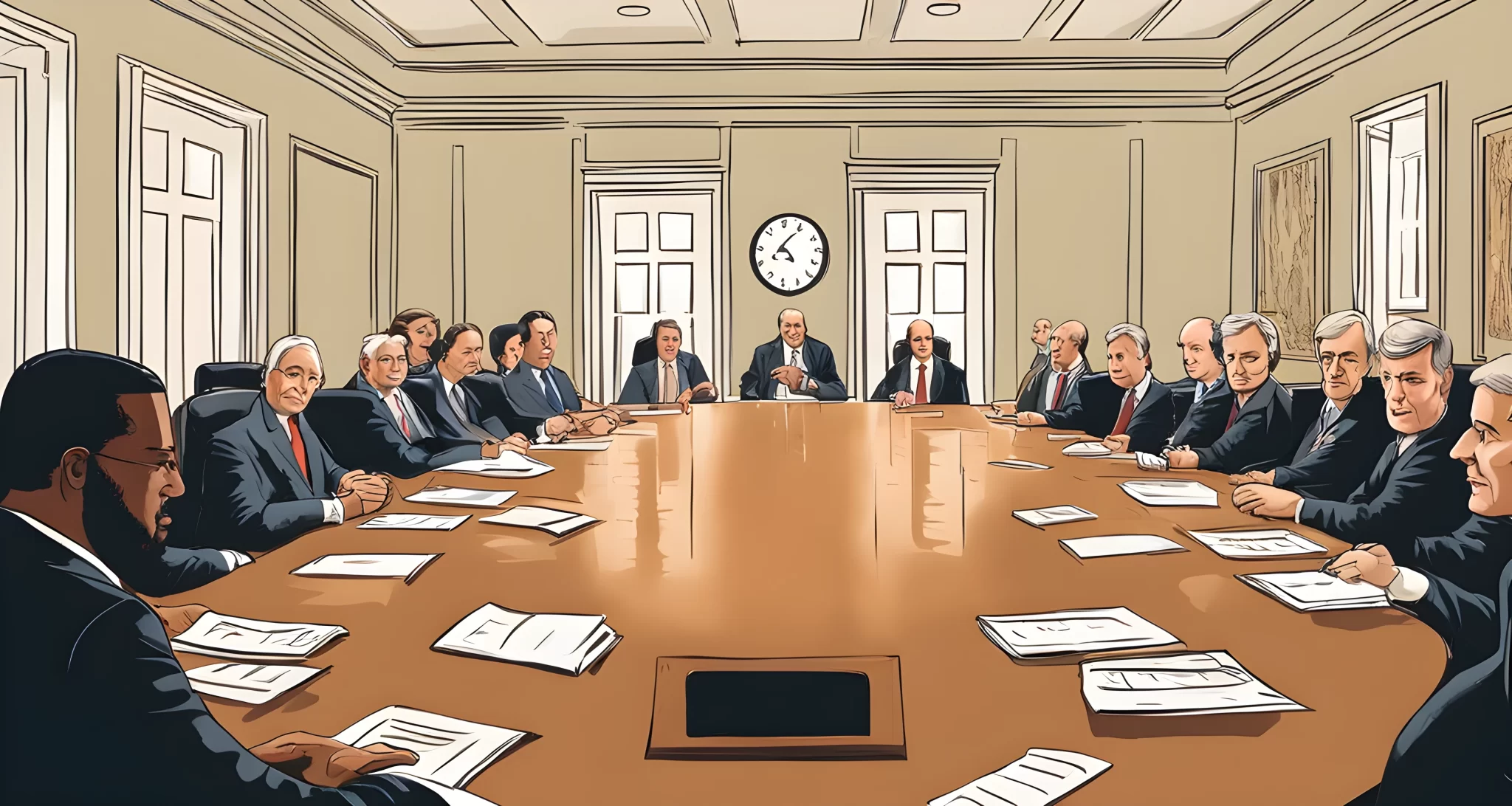
The Role of the Federal Reserve
The Federal Reserve System plays a crucial role in the United States economy, with its primary responsibilities including conducting national monetary policy and supervising financial institutions. Here’s a closer look at the role of the Federal Reserve:
Conducting National Monetary Policy
The Federal Reserve is responsible for setting the nation’s monetary policy, which includes managing interest rates and controlling the supply of money in the economy. Through its Open Market Operations, the Fed can buy and sell government securities to influence the money supply and interest rates. This has a direct impact on borrowing costs for businesses and consumers, as well as on overall economic growth.
Supervising Financial Institutions
Another key role of the Federal Reserve is to supervise and regulate financial institutions to ensure the stability of the banking system. This includes conducting bank examinations, implementing regulations, and providing oversight to prevent financial crises. By monitoring banks and other financial entities, the Fed works to maintain a safe and sound financial system.
Influencing Economic Stability
The actions taken by the Federal Reserve can have a significant impact on overall economic stability. By managing inflation and unemployment through its monetary policy decisions, the Fed aims to promote long-term economic growth while minimizing disruptions in the economy.
Ensuring Financial Stability
In addition to overseeing individual financial institutions, the Federal Reserve also plays a critical role in safeguarding the stability of the entire financial system. This involves monitoring systemic risks, such as excessive leverage or interconnectedness among institutions, to prevent widespread market disruptions.
Overall, the Federal Reserve’s role is essential in maintaining a stable and healthy economy for the United States.
For more information on global financial influences, check out our article on Global secret conspiracy.
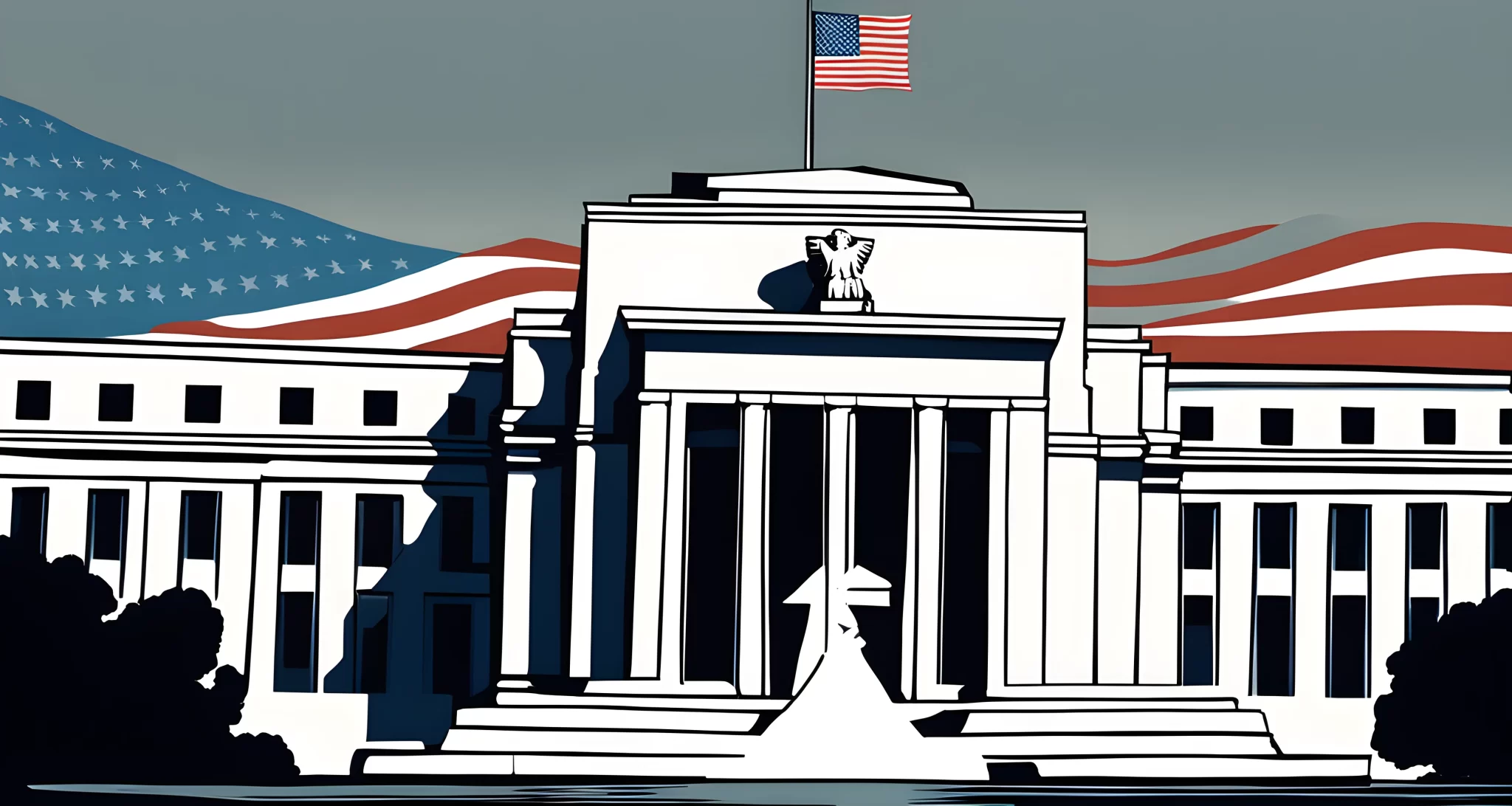
Controversies Surrounding the Federal Reserve
The Federal Reserve, as the central bank of the United States, has been a subject of numerous controversies throughout its history. Some of the main controversies surrounding the Federal Reserve include:
Lack of Transparency and Accountability
- Critics argue that the Federal Reserve lacks transparency in its decision-making processes, especially regarding its monetary policy. They claim that the lack of transparency makes it difficult for the public to understand and scrutinize the Fed’s actions.
- Additionally, concerns have been raised about the accountability of the Federal Reserve, as it operates independently from the government and is not subject to democratic oversight.
Influence of Private Banking Interests
- Some critics allege that the Federal Reserve is unduly influenced by private banking interests. They argue that the close relationships between Federal Reserve officials and executives of major financial institutions create conflicts of interest and may lead to policies that benefit banks at the expense of the public.
Role in Economic Crises
- The Federal Reserve has faced criticism for its role in exacerbating or mishandling economic crises, such as the Great Depression in the 1930s and the 2008 financial crisis. Some argue that the Fed’s policies contributed to these crises or failed to effectively address them.
Conspiracy Theories
- The Federal Reserve has been a frequent target of conspiracy theories, with some alleging that it is controlled by secretive and powerful forces seeking to manipulate global economies. One such theory involves the influential Rothschild family, who are often portrayed as having absolute sway over international finance Absolute sway Rothschild descendants.
Despite these controversies, it is important to note that the Federal Reserve plays a crucial role in maintaining the stability of the U.S. financial system and economy. However, ongoing debates about its operations and impact continue to shape public discourse and policy discussions.
FAQ
Who owns the federal reserve?
The federal reserve system is not owned by anyone, as it is a public entity that serves the public interest.
Who governs the federal reserve system?
The board of governors, consisting of seven members nominated by the president and confirmed by the u.s. senate, serves as the governing body of the federal reserve system.
How are the federal reserve banks structured?
The federal reserve banks are decentralized, with 12 regional banks, each responsible for a specific geographic area of the united states. they are organized similarly to private corporations, but are not operated for profit.
What are the primary responsibilities of the federal reserve system?
The federal reserve system’s primary responsibilities include conducting national monetary policy, supervising and regulating banks and financial institutions, and providing financial services to the u.s. government, the public, and depository institutions.
